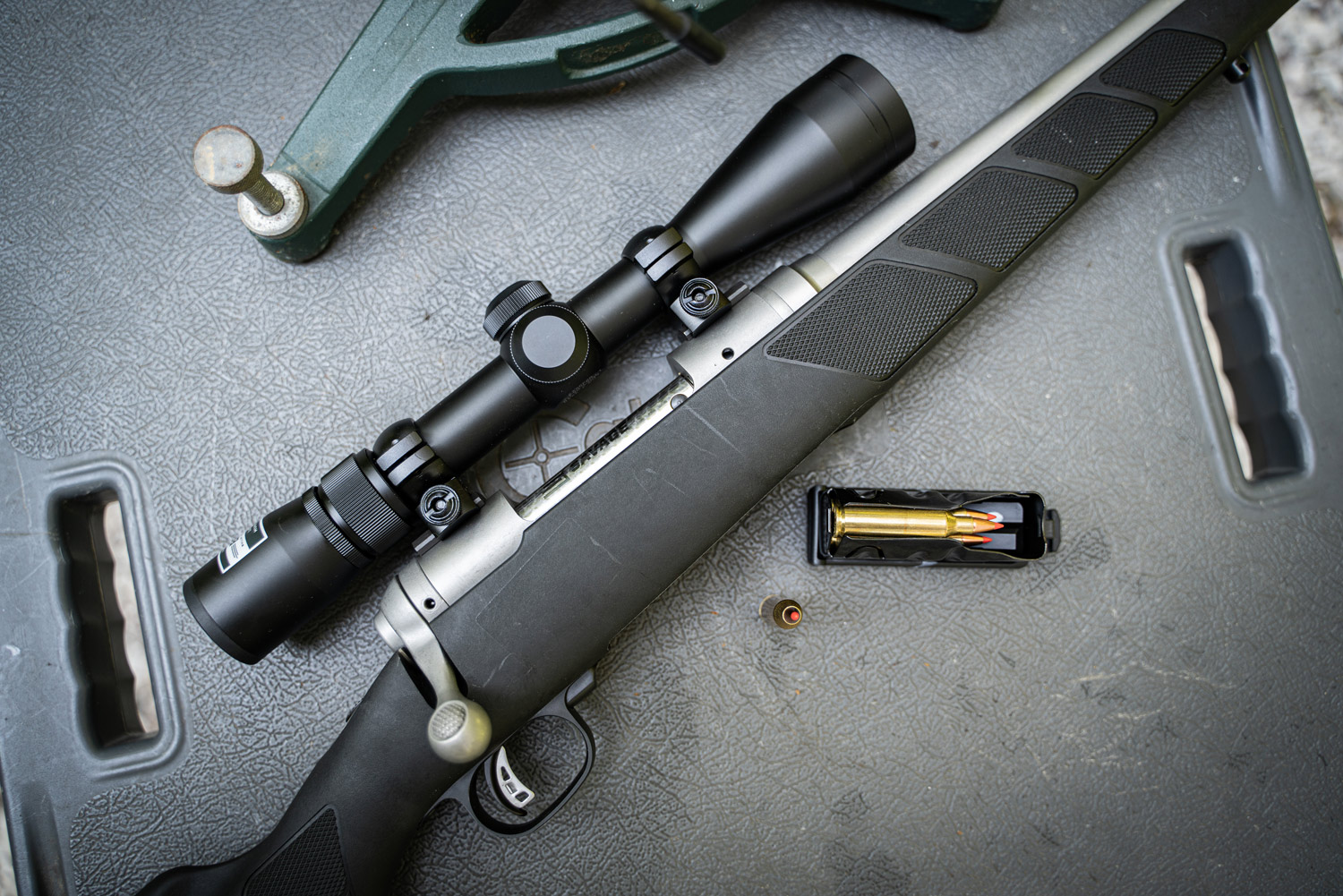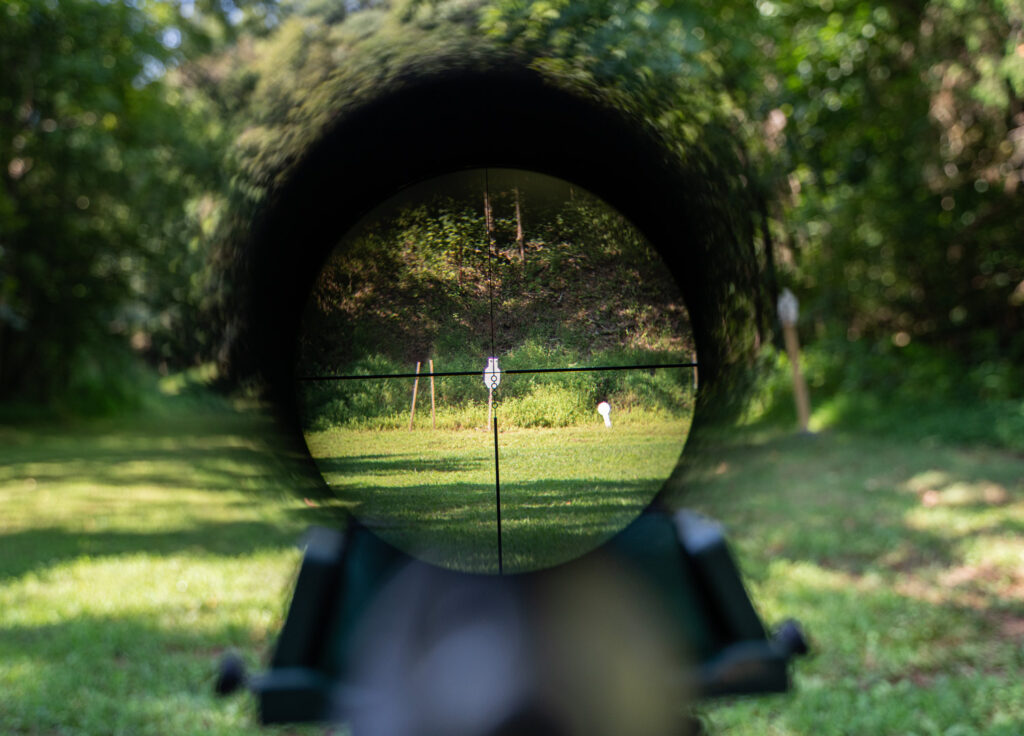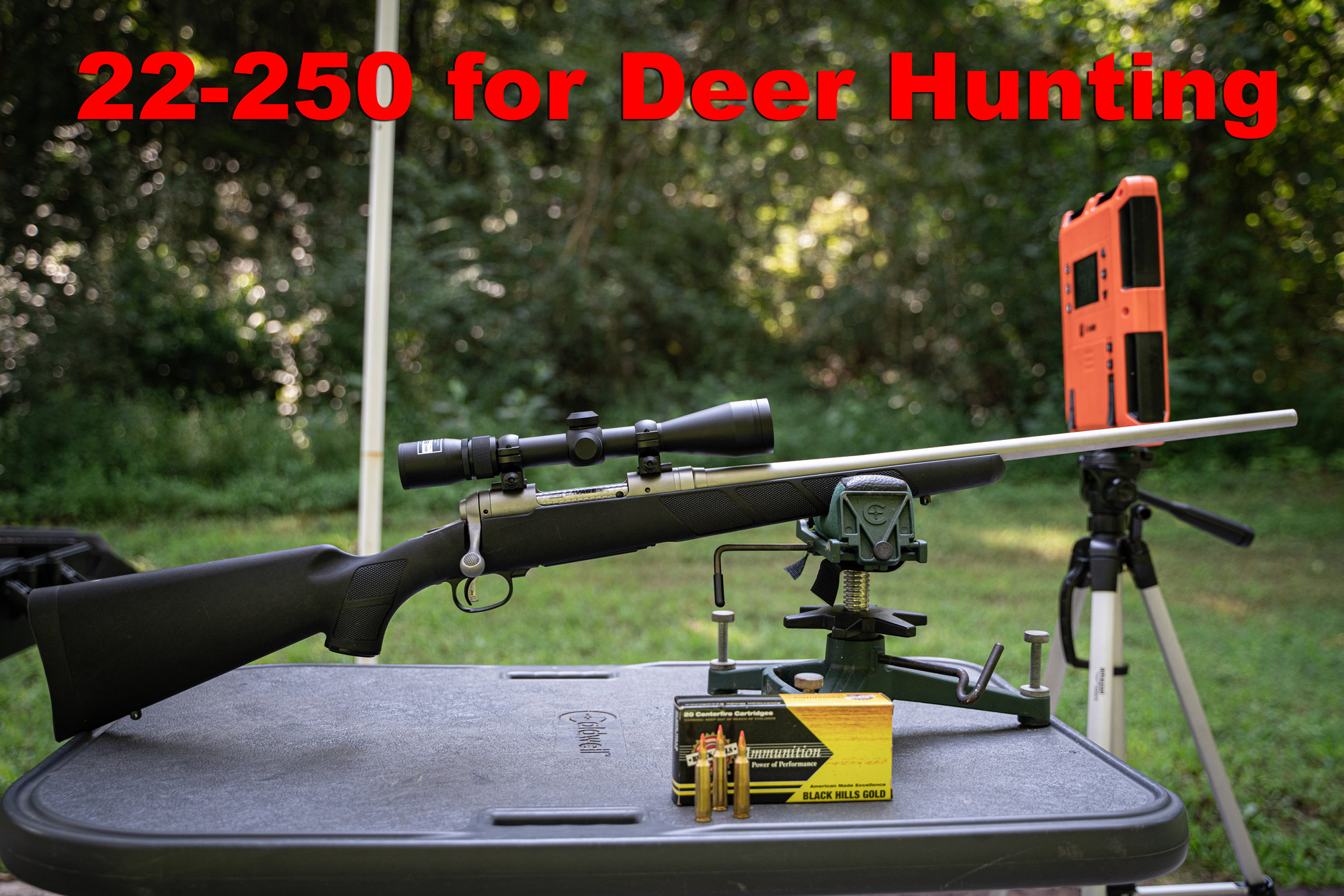.22-250 for deer – The .22-250 cartridge has carved a niche for itself in the realm of deer hunting, proving its mettle as a capable and versatile performer. Its reputation stems from its exceptional accuracy, flat trajectory, and ability to deliver ethical harvests on various deer species.
This in-depth guide delves into the intricacies of the .22-250, exploring its ballistics, rifle selection, hunting techniques, and more. Whether you’re a seasoned hunter or just starting out, this comprehensive resource will equip you with the knowledge and insights you need to make informed decisions about using the .22-250
for your next deer hunt.
Deer Hunting with .22-250: .22-250 For Deer

The .22-250 Remington cartridge is a popular choice for deer hunting due to its inherent accuracy and impressive ballistics. This caliber offers a high velocity and a relatively flat trajectory, making it an ideal option for long-range shots. When properly loaded with the right bullet, the .22-250
The .22-250 is a great caliber for deer hunting, especially for those who prefer long-range shots. However, if you’re looking for a more powerful option that can also be used for other types of hunting, the 300 blackout rifle is a great choice.
It offers excellent performance on deer and other medium-sized game, and it’s also very versatile, making it a good option for both hunting and self-defense. While the .22-250 is a great choice for long-range deer hunting, the 300 blackout rifle is a more versatile option that can be used for a wider range of hunting and self-defense applications.
is capable of delivering devastating terminal performance on deer, resulting in quick and clean kills.
Optimal Bullet Weight and Construction
For deer hunting with the .22-250, bullets weighing between 50 and 60 grains are generally recommended. These bullets provide a good balance of penetration and expansion, ensuring deep penetration into the vital organs while creating a large wound channel for maximum tissue damage.
Expanding bullets, such as hollow points or soft points, are preferred for deer hunting as they expand upon impact, transferring more energy to the target and creating a larger wound cavity.
Ballistics and Trajectory of the .22-250

The .22-250 is a high-velocity cartridge that offers excellent accuracy and long-range performance. It is a popular choice for varmint hunting and target shooting, but it can also be used for deer hunting under the right conditions.The .22-250’s ballistics are similar to those of the .223 Remington, but the .22-250
has a slightly higher muzzle velocity and a flatter trajectory. This makes it a better choice for long-range shooting, as it will retain more energy and velocity at longer distances.The .22-250’s trajectory is also affected by the bullet weight. Heavier bullets will have a lower trajectory than lighter bullets, but they will also lose velocity more quickly.
For deer hunting, a bullet weight of 55 grains or 60 grains is a good choice.The .22-250’s high velocity and flat trajectory make it a good choice for deer hunting in open areas or at long ranges. However, it is important to note that the .22-250
is not a magnum cartridge, and it will not have the same stopping power as a larger caliber cartridge.
Advantages of the .22-250’s Trajectory
The .22-250’s trajectory has several advantages for deer hunting. First, the flat trajectory makes it easier to hit deer at long ranges. Second, the high velocity of the .22-250 helps to ensure that the bullet will have enough energy to kill the deer, even at long ranges.
Third, the .22-250’s trajectory is relatively unaffected by wind, which makes it a good choice for hunting in windy conditions.
Disadvantages of the .22-250’s Trajectory
The .22-250’s trajectory also has some disadvantages. First, the high velocity of the .22-250 can cause the bullet to fragment on impact, which can reduce its effectiveness on deer. Second, the .22-250’s
trajectory is not as flat as some other deer hunting cartridges, such as the .270 Winchester or the .30-06 Springfield. This can make it more difficult to hit deer at very long ranges.
Ballistic Comparison
The following table compares the ballistics of the .22-250 to other popular deer hunting cartridges.| Cartridge | Muzzle Velocity (fps) | Energy (ft-lbs) | Trajectory (inches) ||—|—|—|—|| .22-250 | 3,200 | 1,200 |
12.5 at 200 yards |
| .223 Remington | 3,000 | 1,100 |
14.5 at 200 yards |
| .270 Winchester | 3,100 | 1,500 |
11.5 at 200 yards |
| .30-06 Springfield | 2,900 | 1,600 |
10.5 at 200 yards |
As you can see, the .22-250 has a slightly higher muzzle velocity and a flatter trajectory than the .223 Remington. However, it has less energy than the .270 Winchester and the .30-06 Springfield.
Rifle Selection and Optics for the .22-250
Rifle selection for the .22-250 is crucial for maximizing its performance in deer hunting. Several reputable manufacturers offer excellent rifles chambered in .22-
250. Some popular options include
- Ruger American Predator
- Savage Axis II Precision
- Tikka T3x Lite
- Howa 1500
These rifles offer a balance of accuracy, reliability, and affordability. When choosing a rifle, consider factors such as barrel length, stock design, and trigger pull.For optics, a scope with a magnification range of 3-9x or 4-12x is suitable for deer hunting with the .22-250.
The .22-250 is a great choice for deer hunting, but if you’re looking for a bit more range, the .270 Winchester is a good option. The .270 has a longer effective range than the .22-250, making it a better choice for hunting in open areas or at longer distances.
You can read more about the 270 range for deer here. Ultimately, the best caliber for deer hunting is the one that you’re most comfortable with and that you can shoot accurately. So, if you’re a fan of the .22-250,
don’t hesitate to use it for deer hunting. It’s a great cartridge that will get the job done.
A reticle designed for long-range shooting, such as a duplex or BDC reticle, is recommended.Properly mounting and zeroing the scope is essential for accurate shooting. Use a high-quality scope mount and follow the manufacturer’s instructions for mounting and zeroing. Ensure the scope is level and securely attached to the rifle.
Hunting Techniques with the .22-250

The .22-250 is a versatile cartridge that can be used for a variety of deer hunting techniques. It is accurate and powerful enough for long-range shots, but it is also light and maneuverable enough for stalking and stand hunting. Here are some effective hunting techniques for deer using the .22-250:
Stalking
Stalking is a hunting technique that involves sneaking up on deer from downwind. This is a challenging but rewarding technique that can be very effective in areas where deer are pressured. When stalking, it is important to move slowly and quietly, and to use cover to your advantage.
You should also be aware of the wind direction, as deer have a keen sense of smell and can easily detect you if you are downwind of them.
Stand Hunting
Stand hunting is a hunting technique that involves sitting or standing in a fixed location and waiting for deer to come to you. This is a more passive technique than stalking, but it can be very effective in areas where deer are known to travel.
When stand hunting, it is important to choose a location that offers good visibility and cover. You should also be patient, as it may take several hours before you see a deer.
Spot-and-stalk, .22-250 for deer
Spot-and-stalk is a hunting technique that involves glassing for deer from a distance and then stalking them once you have located them. This is a challenging but rewarding technique that can be very effective in areas where deer are not heavily pressured.
When spot-and-stalking, it is important to use binoculars or a spotting scope to locate deer, and to move slowly and quietly once you have located them.
Shot Placement
Shot placement is critical when hunting deer with the .22-250. The best shot placement is a broadside shot that hits the deer in the heart-lung area. This shot will cause the deer to drop quickly and humanely. It is also important to avoid shooting deer in the head or neck, as this can result in a non-fatal wound.
Ethical Hunting Practices
Ethical hunting practices are important for all hunters, regardless of the caliber of rifle they are using. When hunting deer with the .22-250, it is important to follow these ethical hunting practices:
- Only shoot at deer that you are confident you can kill cleanly.
- Do not shoot at deer that are running or moving.
- Do not shoot at deer that are too far away.
- Do not shoot at deer that are in a group.
- Always make sure of your target and beyond before firing.
Advantages and Disadvantages of Using the .22-250 for Long-Range Deer Hunting
The .22-250 is a good choice for long-range deer hunting because it is accurate and powerful. However, there are some advantages and disadvantages to using the .22-250 for long-range deer hunting:
Advantages
- Accuracy: The .22-250 is a very accurate cartridge, which makes it a good choice for long-range shots.
- Power: The .22-250 is a powerful cartridge, which makes it capable of taking down deer at long ranges.
- Flat trajectory: The .22-250 has a flat trajectory, which makes it easier to hit deer at long ranges.
Disadvantages
- Wind drift: The .22-250 is a light cartridge, which makes it susceptible to wind drift. This can make it difficult to hit deer at long ranges in windy conditions.
- Recoil: The .22-250 has more recoil than some other deer hunting cartridges. This can make it difficult to shoot accurately at long ranges.
Overall, the .22-250 is a good choice for long-range deer hunting if you are a skilled shooter and are willing to deal with the wind drift and recoil.
Closing Notes

In conclusion, the .22-250 stands as a testament to the adage that sometimes, less is more. Its inherent accuracy, coupled with its mild recoil and relatively affordable ammunition, makes it an excellent choice for both novice and experienced deer hunters alike.
Whether you’re navigating dense forests or open fields, the .22-250 offers a compelling blend of performance and practicality that will elevate your deer hunting experience.
Questions and Answers
What are the advantages of using the .22-250 for deer hunting?
The .22-250 offers several advantages for deer hunting, including its exceptional accuracy, flat trajectory, mild recoil, and relatively affordable ammunition.
What are the optimal bullet weight and construction for deer hunting with the .22-250?
For deer hunting with the .22-250, bullets in the weight range of 50-60 grains are typically recommended. Expanding bullets with bonded or monolithic construction are preferred for reliable performance on deer.
What are some effective hunting techniques for deer using the .22-250?
Effective hunting techniques for deer using the .22-250 include stalking, stand hunting, and spot-and-stalk. Proper shot placement and ethical hunting practices are crucial for successful and humane harvests.